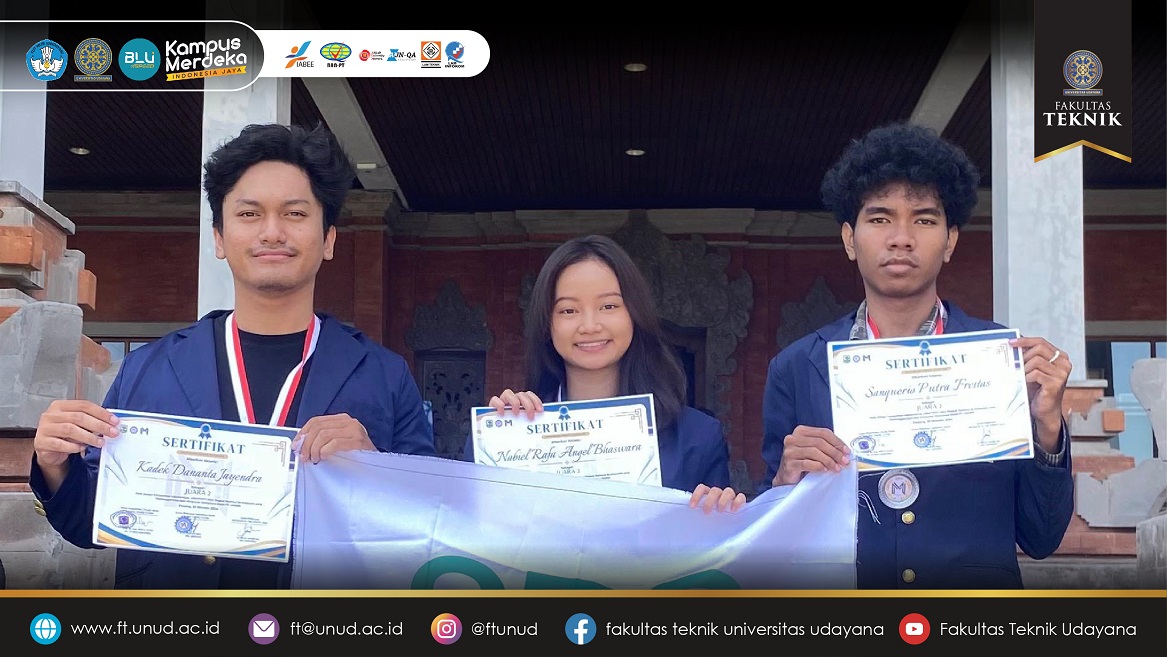Teaching – Learning
The teaching
and learning activities are designed constructively to achieve the BME
(Bachelor of Mechanical Engineering) ELOs. Each ELO in BME has been charged to
a group of subjects. The teaching and learning used in BME are conventional
learning, and student-centered learning methods, respectively. In conventional
method, the learning activity is started with the course delivery by
the lecturer; followed by question and answer, discussion, homework and
evaluation in various forms (assignment, individual or group presentation,
reporting, and quiz). In student centered learning (SCL), the student has
bigger portion in studying independently. In SCL, it is possible for the
student to receive assignments before the lecturer delivered the course topic
or chapter in classroom. The students study and finish the assignment by using
the instructions and references from the lecturer, then delivering assignment, presentation
or report in the classroom. The SCL subjects also include the activities like reviewing
paper, industrial visit, home industry field study, and/or community service
activities. By definition, 1 credit means 50 minutes spent in
classroom, 50 minutes studying independently, and 50 minutes for structured
assigment, respectively. That means both conventional and student centered
learning always cover student independent and structured activities.
Generally,
the conventional learning method is used for general subjects, basic sciences
and engineering sciences, approximately up to 5th semester; while the
student-centered learning is used for mechanical engineering and elective
subjects; and some early subjects that more suitable with the student-centered
learning e.g., design of machine element, research method, entrepreneurship,
and community services. The learning methods for each classroom activity is
mentioned in the course’s Semester Learning Plan (SLP).
Teaching and
learning activities in BME are carried out with approaches that support the
activeness of students in achieving the ELO. Expected learning outcomes are
intensively conveyed to students so that they understand that the outcomes of
learning are what students are able to achieve, so that students are actively
involved in understanding and interpreting the material being studied, not
merely following the limited material given by the lecturer. Expected learning
outcomes are intensively reminded to students through banners in classrooms, attaching
the expected learning outcomes, course and sub-course learning outcomes in the
Semester Learning Plan of each each course.
The
teaching-learning activity in BME is conducted in blended learning that is
combination of face-to-face and online meetings. The availability of the
learning management system i.e., OASE sinificantly supports the blended
learning. During covid-19 pandemic, all lecturing activities are conducted by
online meetings.

FACULTY OF ENGINEERING